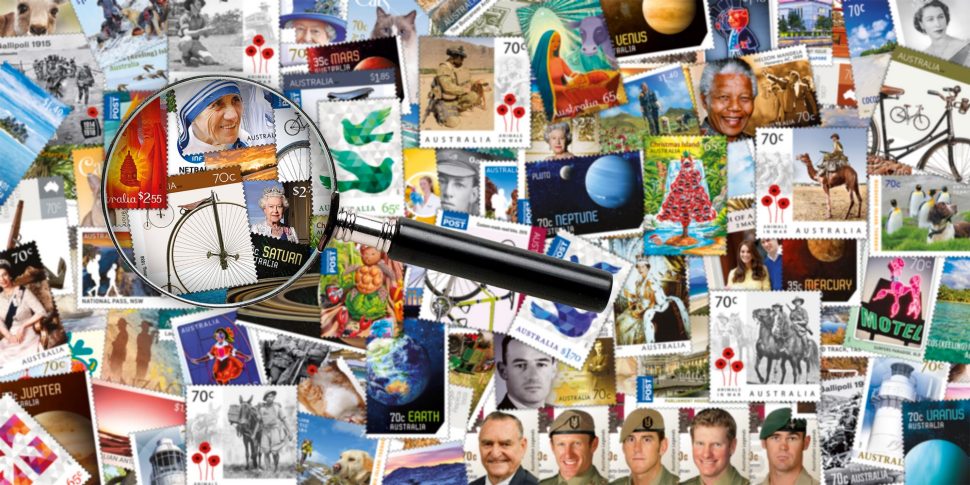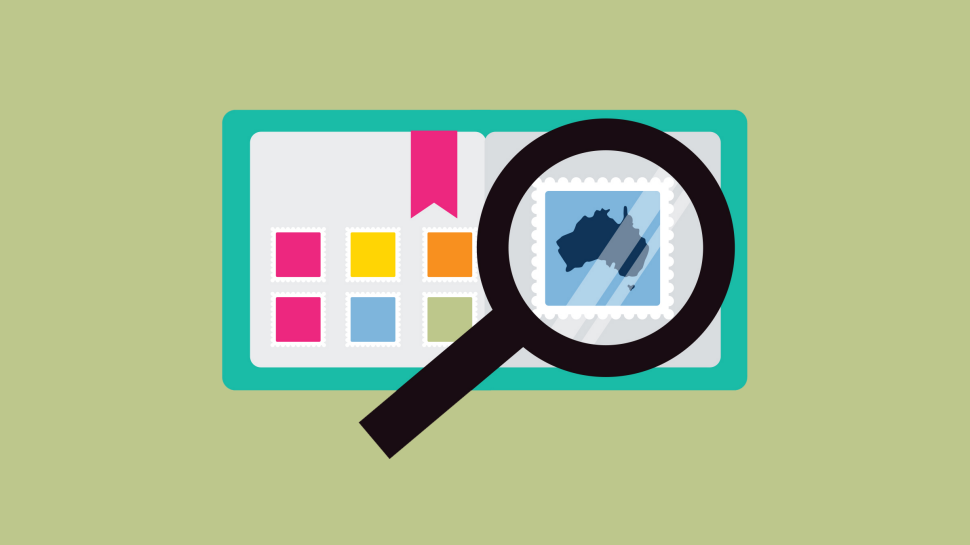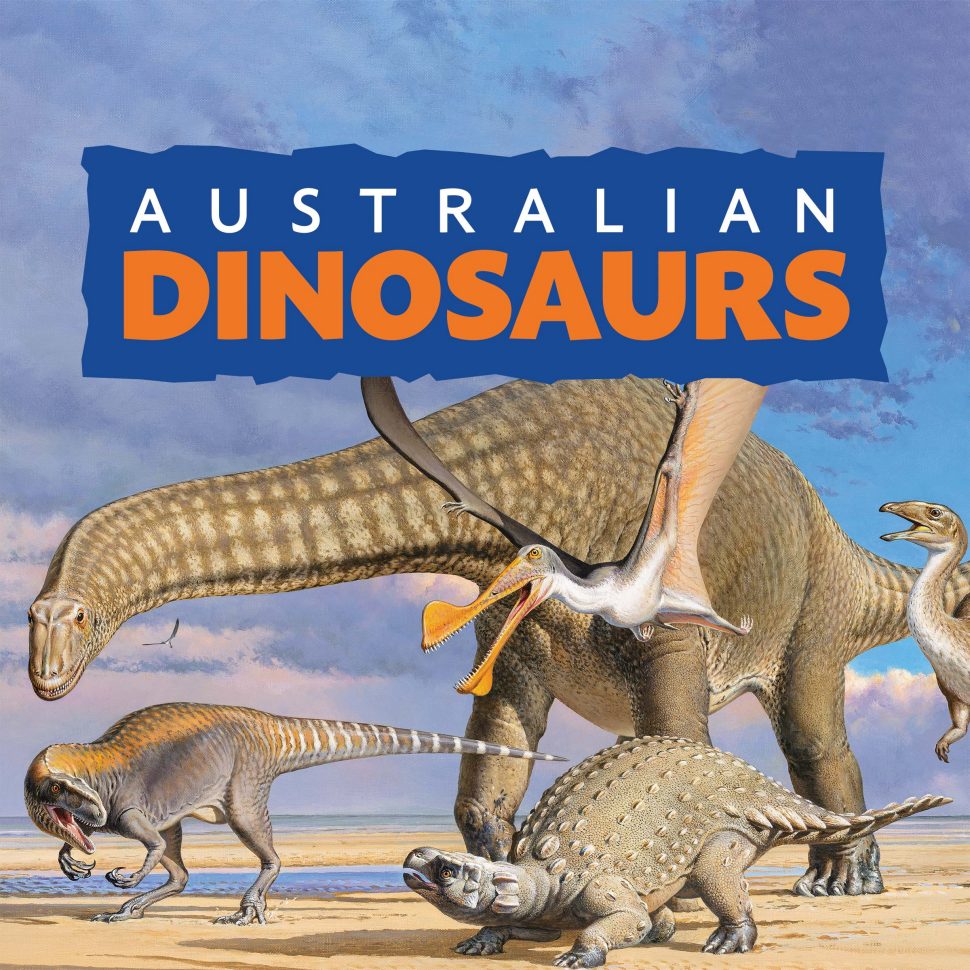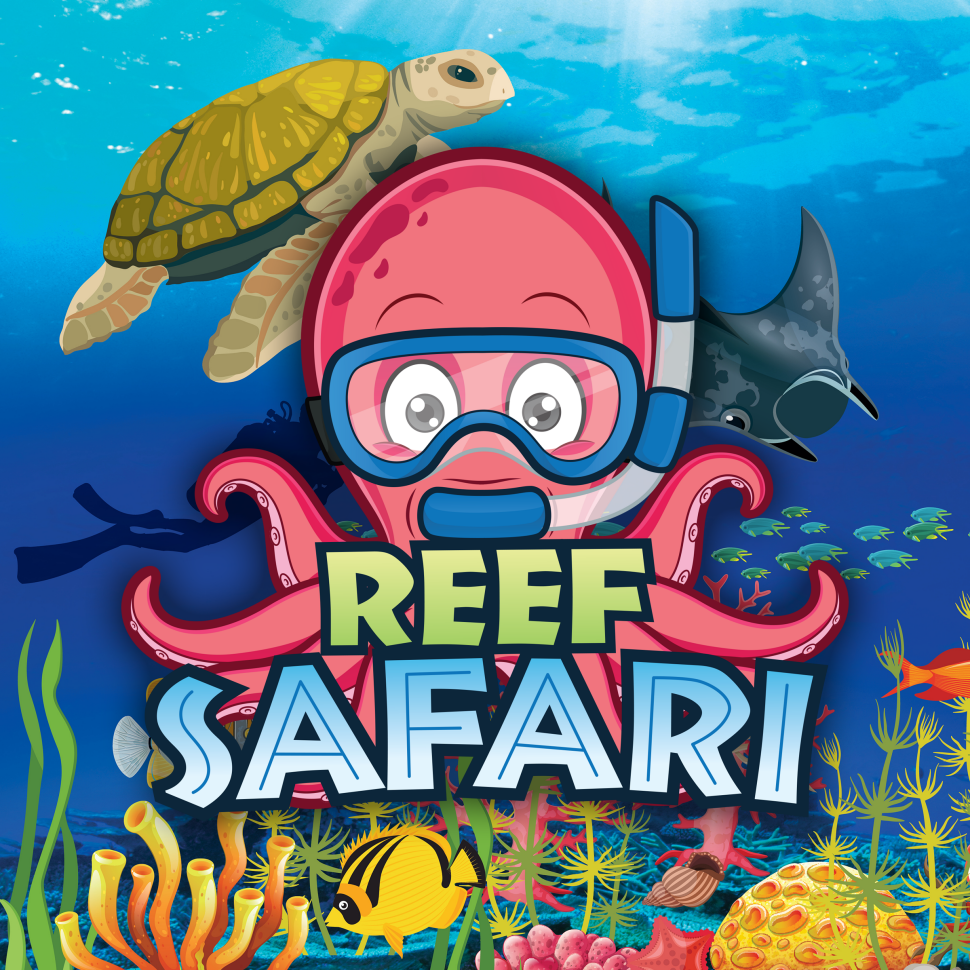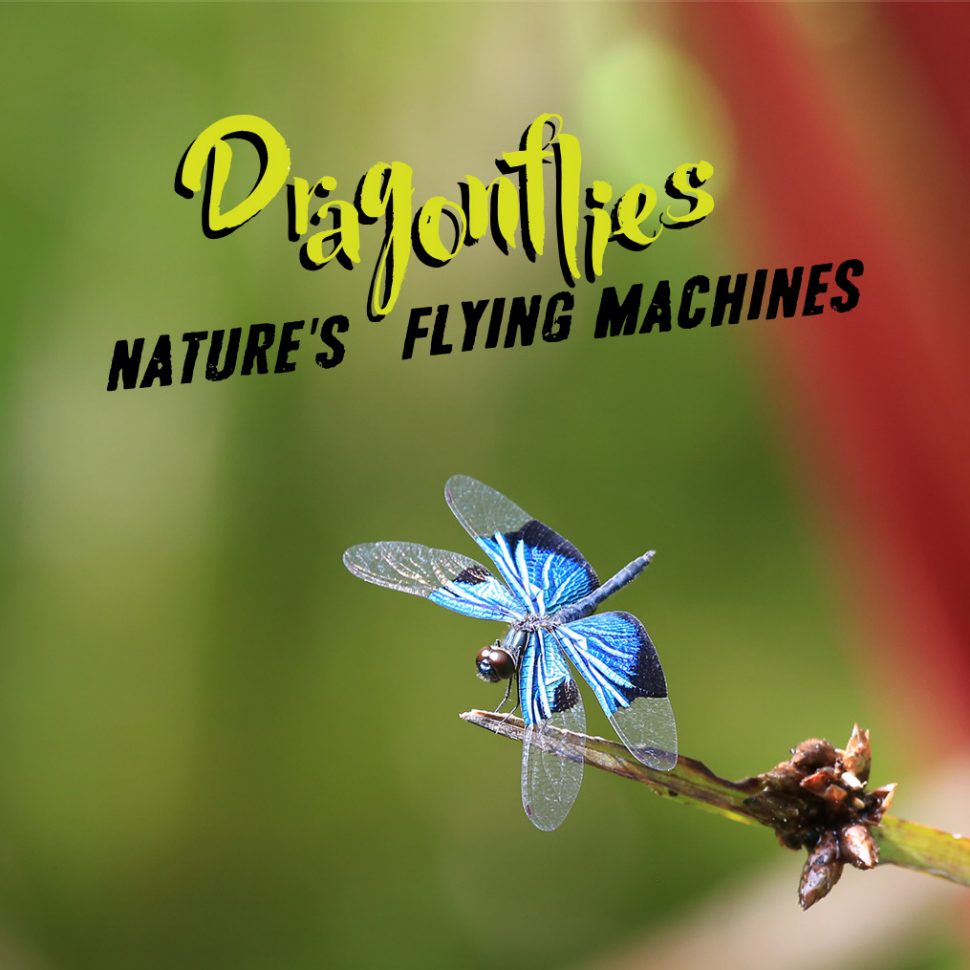This stamp issue features one of the world’s most remarkable natural wonders, Australia’s Great Barrier Reef. Situated off the eastern coast of Australia in the Coral Sea, the Great Barrier Reef is the largest coral reef system in the world. It stretches for over 2,300 kilometres, from the northern tip of Queensland and south to Fraser Island. The Great Barrier Reef Marine Park covers an area of around 344,400 square kilometres, which is equivalent to the size of Victoria and Tasmania combined, or roughly the size of Japan or Italy. The largest living structure on the planet, the Great Barrier Reef is even visible from space.
The Reef, which extends from shallow estuarine waters to the deep ocean, is composed of over 2,900 individual reefs and 900 islands. The Reef structure is composed of and built by billions of tiny organisms, known as coral polyps. The corals secrete hard carbonate exoskeletons, which support and protect the coral polyps. An extraordinary range of marine creatures is supported by the Reef’s complex natural ecosystem. This includes 600 types of soft and hard corals, more than 100 species of jellyfish, 3,000 varieties of molluscs, 500 worm species, 1,600 types of fish, 133 species of sharks and rays and more than 30 species of whales and dolphins.
The unique values of the Great Barrier Reef were recognised in 1975 when the Australian government created the Great Barrier Reef Marine Park in order to protect the Reef. In 1981 the Reef was inscribed on the UNESCO World Heritage List. The Great Barrier Reef is one of Australia’s main tourist destinations, attracting millions of visitors every year.
The Great Barrier Reef is urgently in need of protection. A major threat to the Reef is climate change. In recent years the corals that comprise the Reef have been severely affected by coral bleaching, which occurs when ocean waters become too warm. Global warming, caused by man-made emissions of carbon dioxide, is causing the temperature of the world’s oceans to rise. The sensitive coral polyps become stressed and respond by expelling their associated algae, the photosynthesis of which provides the majority of nutrients for the coral polyp. This causes the corals to turn totally white, and if conditions don’t return to normal, the coral polyp eventually starves and dies. Recently large areas of the Reef have been subject to mass coral bleaching. Scientists found that in 2016 and 2017 nearly two-thirds of the Great Barrier Reef was affected by bleaching and this killed up to 50 per cent of coral in those parts.
The Australian government and other organisations including the Great Barrier Reef Foundation are working to save the Great Barrier Reef for future generations. This year has been declared the International Year of the Reef.
The minisheet in the stamp issue shows a section of a healthy reef teeming with life. The creatures include some of the amazing array of corals found on the Great Barrier Reef. Corals, which are often brightly coloured, are either hard or soft. Hard corals act as building blocks for the Reef. They form when colonies of coral polyps produce limestone skeletons to support themselves. A hard coral usually consists of hundreds, thousands or even millions of individual coral polyps living together as a colony. Soft corals lack a hard exoskeleton and can look like plants. Hard corals are often classified by their growth form. Forms shown in the minisheet include massive (Brain coral), plating, branching and encrusting corals (mostly Acropora). Soft corals include Red Whip Coral and corals of the family Xeniidae.
Other creatures in the minisheet include the Feather Star or Crinoid (Comantheria sp.), the sea squirt or ascidian (Rhopalaea), Giant Clam (Tridacna gigas) and Millepora sp., not a true coral but also called the Fire or Stinging Coral. Fish species include the damselfish (Chromis viridis), the Orange Fairy Basslet (Pseudanthias squamipinnis) and Yellowtail Fusilier (Caesio teres).


